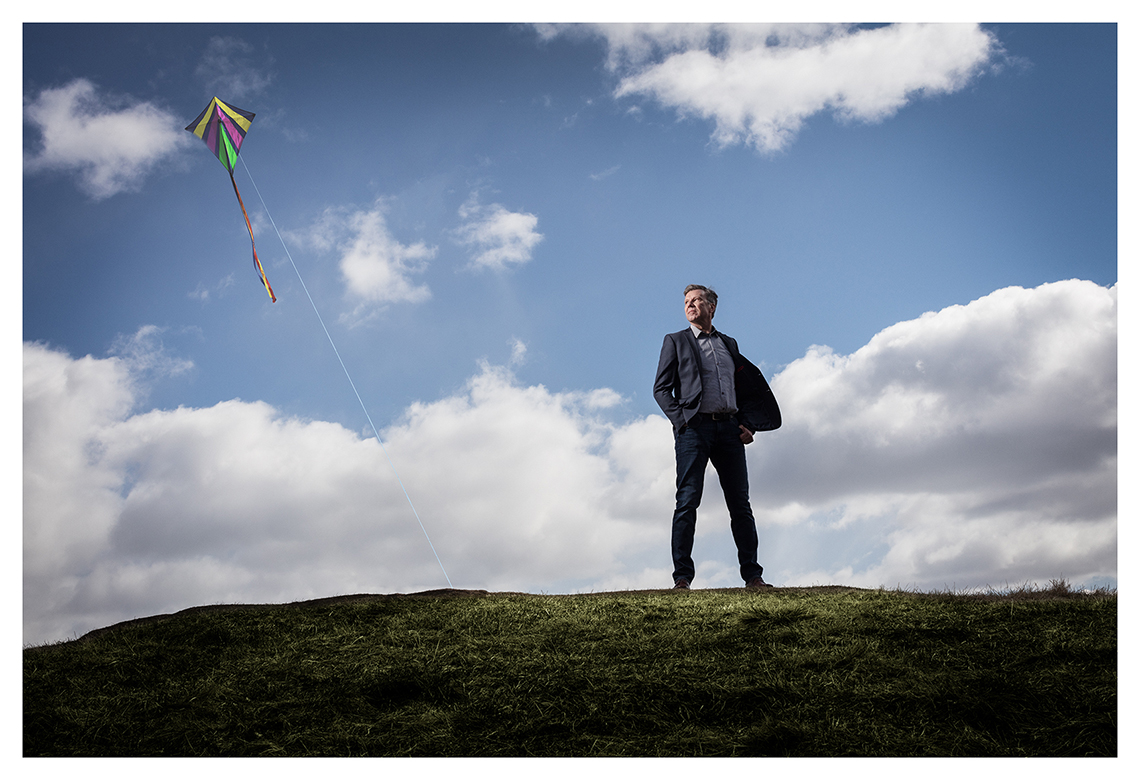ABB

“The most important contribution from SimaPro is that ABB can produce quantitative figures that can be presented and discussed, rather than relying on the general assumptions that were the focus of previous discussions. This leads to better, more, and more concrete discussions.” – Erik Johansson
Annie Johansson from Miljögiraff spoke with Erik Johansson at Corporate Research, a central unit for all divisions at ABB, about their work with SimaPro
In what way does ABB work with the life cycle perspective and SimaPro?
At ABB in Sweden, there has been a long-standing commitment to the life cycle perspective. Various types of models and calculations were being made already 20 years ago, but it was a year ago that ABB acquired SimaPro. So far, it is within Corporate Research that work has been done in SimaPro at ABB. Several projects have been carried out in collaboration with different divisions within ABB. There have also been collaborations with thesis students from universities working in SimaPro on various projects with the divisions.
The internal studies conducted so far have had a significant impact, primarily because they have helped quantify environmental impact. In 2020, ABB developed new sustainability strategies based on the life cycle perspective. The goal is to reduce the impact from its own operations and to help customers reduce their footprint. Another aim is to work with a circular perspective throughout the entire supply chain. The overarching strategies are developed centrally at ABB, and then the divisions continue to work with these strategies internally. SimaPro is seen as a valuable tool in the implementation of these strategies.
For the majority of ABB’s products, the largest portion of impact comes from the use phase since the products have a lifespan of perhaps 30 years and often operate around the clock. Making energy-efficient motors has been a focus for a long time, but now the focus has expanded to the entire life cycle as well, elevating the perspective to include end-of-life management to a greater extent.
What is the most important aspect of working with the life cycle perspective?
“The most important thing is to start working with the life cycle perspective and SimaPro. That’s how you learn and identify interesting areas to delve deeper into. At ABB, it has been found to be relatively easy to work in SimaPro.
A tip is not to make it too difficult in the beginning but to start simple and then expand. The most important contribution from SimaPro is that ABB can produce quantitative figures that can be presented and discussed, rather than relying on general assumptions that were the focus of previous discussions. This leads to better, more, and more concrete discussions.
Has the use of SimaPro advanced environmental issues? In what way?
SimaPro is becoming more integrated into environmental issues at ABB. The divisions within ABB are discussing the need to build up competence in life cycle analysis and the life cycle perspective to be able to work more with it internally. So far, life cycle perspective projects have been carried out in collaboration with Corporate Research or in cooperation with universities and thesis students.
Having access to ecoinvent through SimaPro is very beneficial. It has led to other ABB units internally requesting data that can be extracted through ecoinvent because it is a reliable source of data.
Internally, ABB aims to use life cycle analysis in the long term to demonstrate ways to achieve set goals. There are goals for the entire organization at a higher level, but also for each division. There is also an increasing interest from customers. Customer requirements are beginning to emerge for demonstrating how work with the life cycle is conducted and how ABB utilizes circular perspectives. Questions are also arising about efforts to use more recycled materials in products and how ABB has greater control over the supply chain.
In the long run, ABB aims to use its work with the life cycle perspective as a selling point, demonstrating how it operates circularly and takes responsibility throughout the entire life cycle. There is a declared goal that by 2030, ABB will collaborate with suppliers to reduce the life cycle footprint, and the work with SimaPro can be of great assistance in this effort.
ABB collaborates with Stena Recycling on the recycling of old motors. Stena handles the motors with a new process to produce purer fractions of recycled material. ABB installs new, more efficient motors, and the customer receives a more efficient motor and a discount when purchasing the new, more efficient motors and returning the old ones to Stena, resulting in a win-win-win situation. ABB has developed a simpler Excel tool based on the calculations in SimaPro that can be presented to customers to show the environmental impact of various choices the customer makes related to this example.
What has been the biggest challenges working from a life cycle perspective?
The biggest challenge in calculating the life cycle perspective is the desire for very good input data. Certain assumptions and simplifications always need to be made, but as much as possible, access to good data is desired. A significant challenge is obtaining specific data from suppliers. Often, general data can suffice for a considerable extent, but ultimately, there is a drive to have specific data to a much greater extent. This is especially true when a company wants to have better oversight and be able to report in a transparent manner. In working with the life cycle perspective, involvement is needed from everyone including suppliers, subcontractors, and those responsible for recycling the product. It’s not always easy for a company to obtain information and representation across the entire chain, and establishing these collaborations can be challenging.
Do you have any tips for others that could help them get started or further develop their work with the life cycle perspective and the SimaPro tool?
Make sure to start working with the life cycle perspective. Don’t make it too difficult at the beginning, start off easier. Don’t make the first calculation too big and complicated. The most significant “Aha” moments came when the results began to be presented internally, and the impact of these results was greater than initially expected. In the latest project, they started with one part of the life cycle, recycling, and began calculating the alternatives available and the environmental impact of these alternatives. There was a significant internal interest in the results.
Another tip is to initiate collaboration with a university, for example, through thesis projects, to get started and overcome the initial barriers. This way, you can gain more knowledge about the life cycle perspective and, most importantly, start to see tangible results.
Generally speaking, there is a willingness in society to move in the right direction, and when you can start to show concrete results, people become interested.

Facts:
ABB is a global technology company with approximately 105,000 employees in over 100 countries. Miljögiraff had a discussion about the life cycle perspective and SimaPro with Erik Johansson at ABB in Västerås. Erik works in the Corporate Research department, a central unit for all divisions at ABB.
Contact: erik.x.johansson@se.abb.com
Photographer: Pontus Johansson